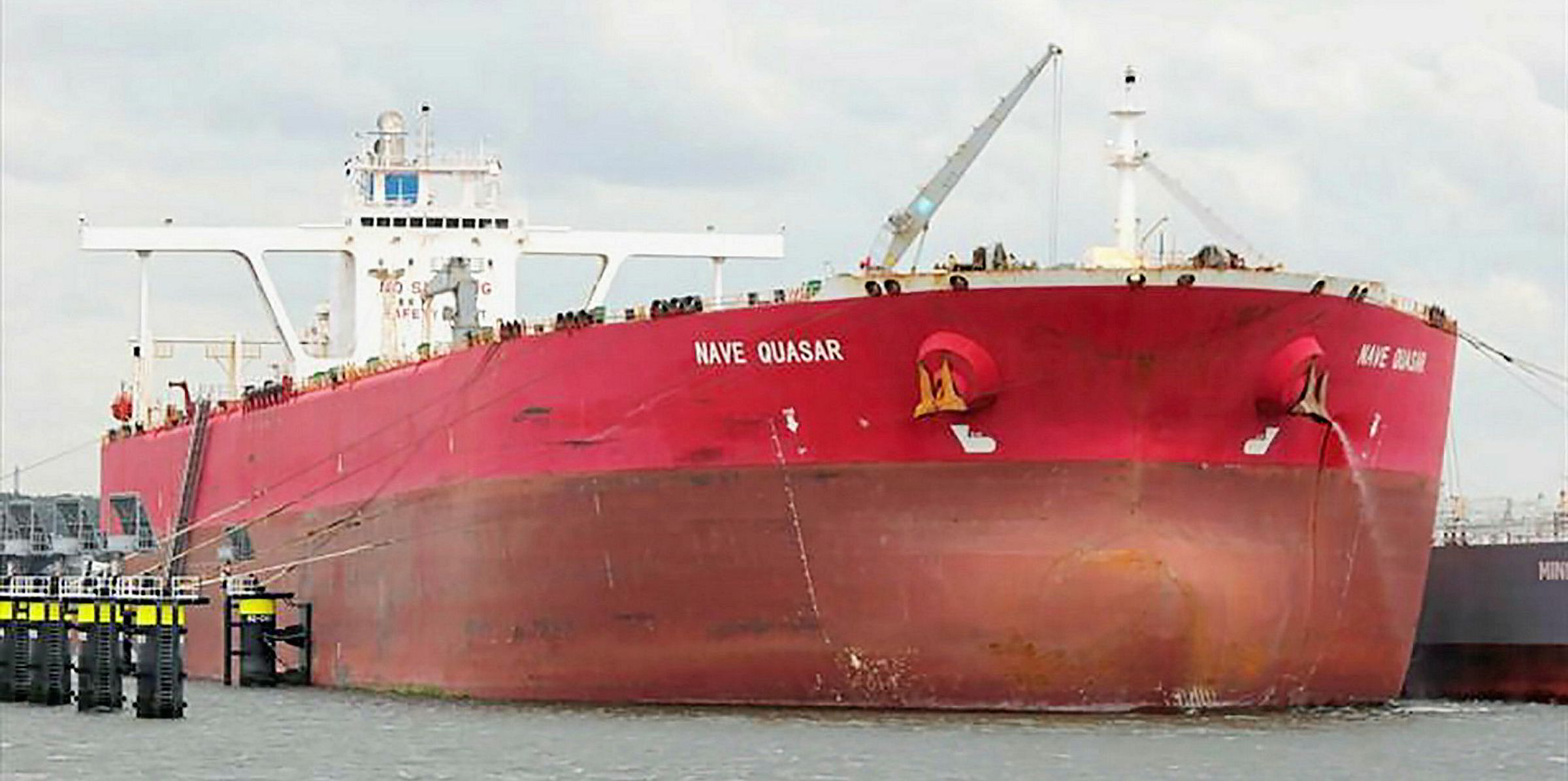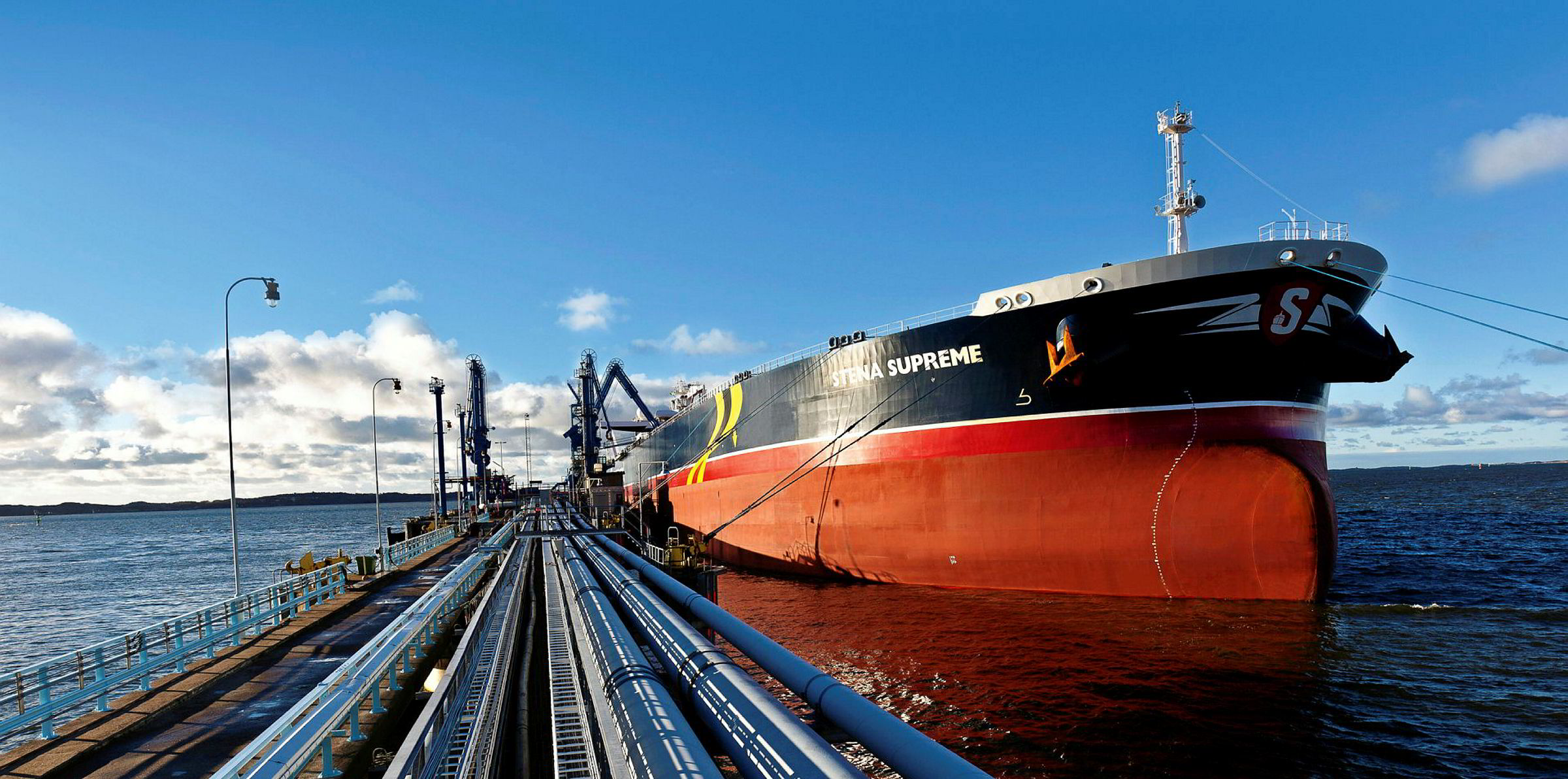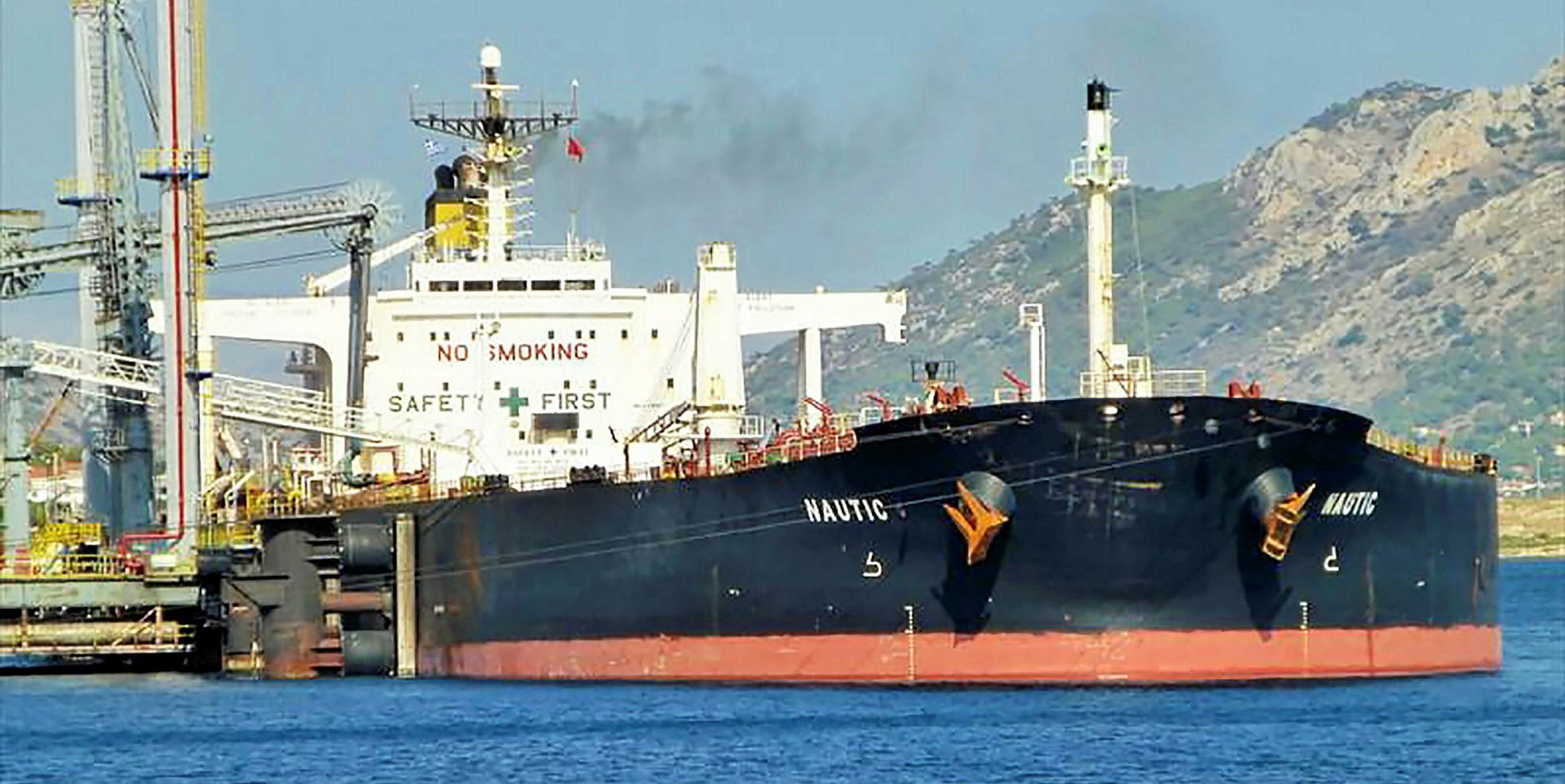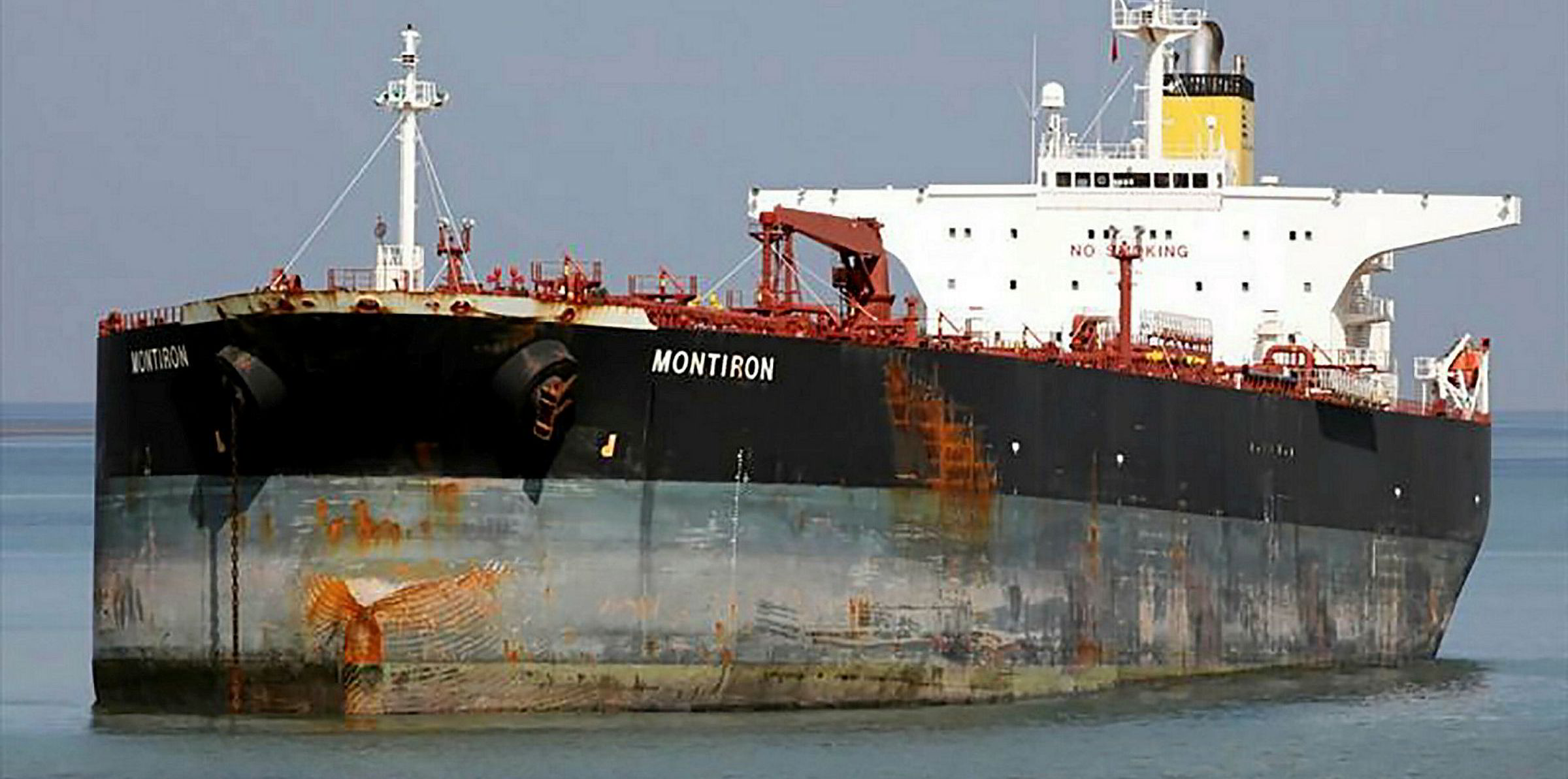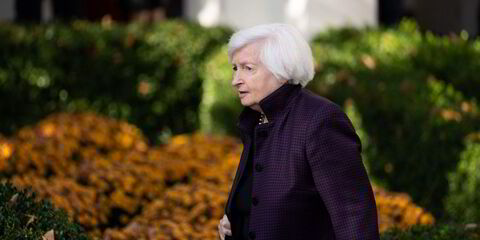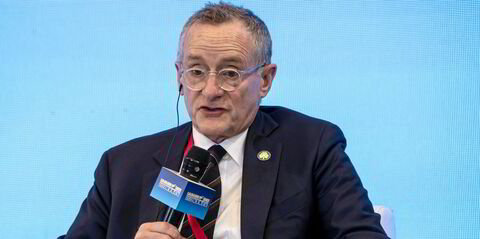Tanker owners are looking to the future with mixed views as spot earnings for VLCCs are lodged in a trough not seen since before the market spike that fired up the sector in March.
Striking an optimistic tone is Navios Maritime Acquisition, the main tanker-owning vehicle of the Navios group of companies, where chief executive Angeliki Frangou sees robust market factors driving a surge once the traditional summer doldrums stop weighing down VLCCs.
“Seasonality is currently affecting charter rates ... but the fundamentals are favourable and support a rebound in rates going into 2021,” she said on the New York-listed company’s second-quarter earnings call.
On the bearish side is Japanese giant Mitsui OSK Lines, which is bracing for a continued slump for large tankers, as it expects negative factors for the supply and demand sides of the equation.
MOL, a shipowner and operator linked to a fleet of 29 VLCCs, said in its second-quarter earnings report that it expects the large crude tanker market to continue to weaken as a result of slumping oil demand and cuts in output.
“These demand-side factors will be compounded by supply-side factors, given that storage demand will supposedly fade, and over the coming nine months, the charter rate is likely to go up and down but maintain a general downward trend,” MOL said last Friday.
The company’s gloomier outlook for VLCCs came as the Baltic Exchange’s assessment for time charter equivalent rates in the spot market stood at levels that have not been this low since February, meaning all of the charter rate gains in March’s meteoric spike have been erased.
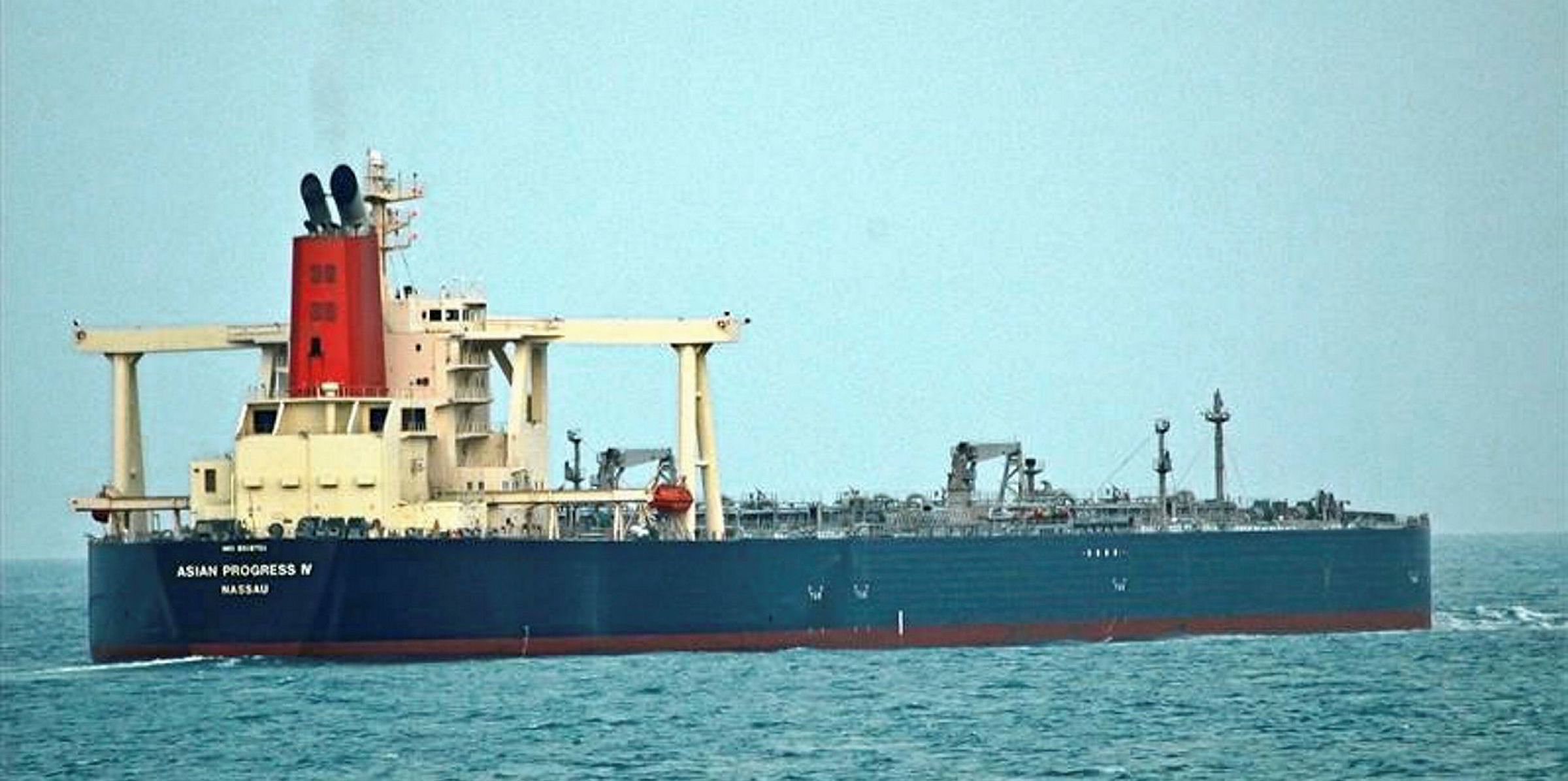
Average TCE rates ended last week at just over $11,700 per day, which marks a 95.6% slump since the peak of about $264,000 per day on 16 March.
The spike came as oil-producing nations continued to pump out volumes while coronavirus clobbered demand, sending VLCCs into service for floating storage.
“Oil-producing nations subsequently agreed to cut output, causing tanker demand to weaken, and spot cargo shipments also slowed due to high crude inventories in the hands of importers,” MOL said in a quarterly earnings report. “As a result, the charter rate fell sharply but still remained at a comparatively favourable level.”
The bump helped MOL to see average VLCC earnings of about $56,600 per day for its 2019 fiscal year, which ended on 31 March.
The company expects VLCC earnings to average just $38,200 per day in the current fiscal year, although that is a better figure than its June forecast.
After that, it is even more bearish, with a $25,000-per-day forecast for VLCC earnings in fiscal year 2021, which will close at the end of March 2022. The fiscal year after that is expected to see a rebound to $30,000 per day.
Frangou based her rosier outlook on key data points behind the current situation.
She noted that 12% of the global VLCC fleet is still locked into floating storage, as a result of limited inland storage and a low oil price. That is unchanged from May, meaning the unwinding of the storage fleet has plateaued.
Rising demand
“The VLCC orderbook is at its lowest level since 1996,” she said. “In fact, the current VLCC orderbook is less than the current VLCC fleet that is aged 20 years or older.”
Tonne-mile demand for VLCCs is on the rise, as Atlantic crude exports head to China to feed refinery expansion. That expansion is expected to continue. Navios Acquisition director Ted Petrone said 17.7m barrels per day in capacity growth is expected for China’s refineries in 2021, which would require 29 extra VLCCs.
And as Covid-19 restrictions ease around the world, gasoline demand is increasing, which should support crude demand.
Petrone also is unconcerned that VLCC owners might be tempted to place new orders. That is because of regulatory concerns, particularly as uncertainty continues over the technology to meet the International Maritime Organization’s looming carbon cuts, could prevent further orders that would hurt the VLCC supply picture.
“It doesn’t look like anybody is going to be jumping in any time soon to be putting in new orders,” he told analysts. “So, this orderbook should stay low for the foreseeable future.”
